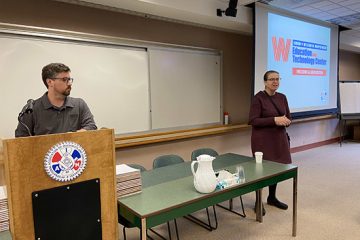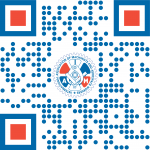June 21 is National Indigenous Peoples Day. This is a day for all Canadians to recognize and celebrate the unique heritage, diverse cultures and outstanding contributions of First Nations, Inuit and Métis peoples. The Canadian Constitution recognizes these three groups as Aboriginal peoples, also known as Indigenous peoples.
Although these groups share many similarities, they each have their own distinct heritage, language, cultural practices and spiritual beliefs.
In cooperation with Indigenous organizations, the Government of Canada chose June 21, the summer solstice, for National Aboriginal Day, now known as National Indigenous Peoples Day. For generations, many Indigenous peoples and communities have celebrated their culture and heritage on or near this day due to the significance of the summer solstice as the longest day of the year.
What led to the creation of National Indigenous Peoples Day?
National Aboriginal Day (now National Indigenous Peoples Day) was announced in 1996 by then Governor General of Canada, Roméo LeBlanc, through the Proclamation Declaring June 21 of Each Year as National Aboriginal Day. This was the result of consultations and statements of support for such a day made by various Indigenous groups:
- in 1982, the National Indian Brotherhood (now the Assembly of First Nations) called for the creation of National Aboriginal Solidarity Day
- in 1995, the Sacred Assembly, a national conference of Indigenous and non-Indigenous people chaired by Elijah Harper, called for a national holiday to celebrate the contributions of Indigenous Peoples
- also in 1995, the Royal Commission on Aboriginal Peoples recommended the designation of a National First Peoples Day
On June 21, 2017, the Prime Minister issued a statement announcing the intention to rename this day National Indigenous Peoples Day.
Why acknowledge territory?
Territory acknowledgement is a way that people insert an awareness of Indigenous presence and land rights in everyday life. This is often done at the beginning of ceremonies, lectures, or any public event. It can be a subtle way to recognize the history of colonialism and a need for change in settler colonial societies.
However, these acknowledgements can easily be a token gesture rather than a meaningful practice. All settlers, including recent arrivants, have a responsibility to consider what it means to acknowledge the history and legacy of colonialism. What are some of the privileges settlers enjoy today because of colonialism? How can individuals develop relationships with peoples whose territory they are living on in the contemporary Canadian geopolitical landscape? What are you, or your organization, doing beyond acknowledging the territory where you live, work, or hold your events? What might you be doing that perpetuates settler colonial futurity rather than considering alternative ways forward for Canada? Do you have an understanding of the on-going violence and the trauma that is part of the structure of colonialism?
As Chelsea Vowel, a Métis woman from the Plains Cree speaking community of Lac Ste. Anne, Alberta, writes:
“If we think of territorial acknowledgments as sites of potential disruption, they can be transformative acts that to some extent undo Indigenous erasure. I believe this is true as long as these acknowledgments discomfit both those speaking and hearing the words. The fact of Indigenous presence should force non-Indigenous peoples to confront their own place on these lands.” – Chelsea Vowel, Métis, Beyond Territorial Acknowledgements
With files from: Government of Canada and Native Land
———————-
This article was originally posted on the IAM Canada website. View the original post here: National Indigenous Peoples Day – 21 June


